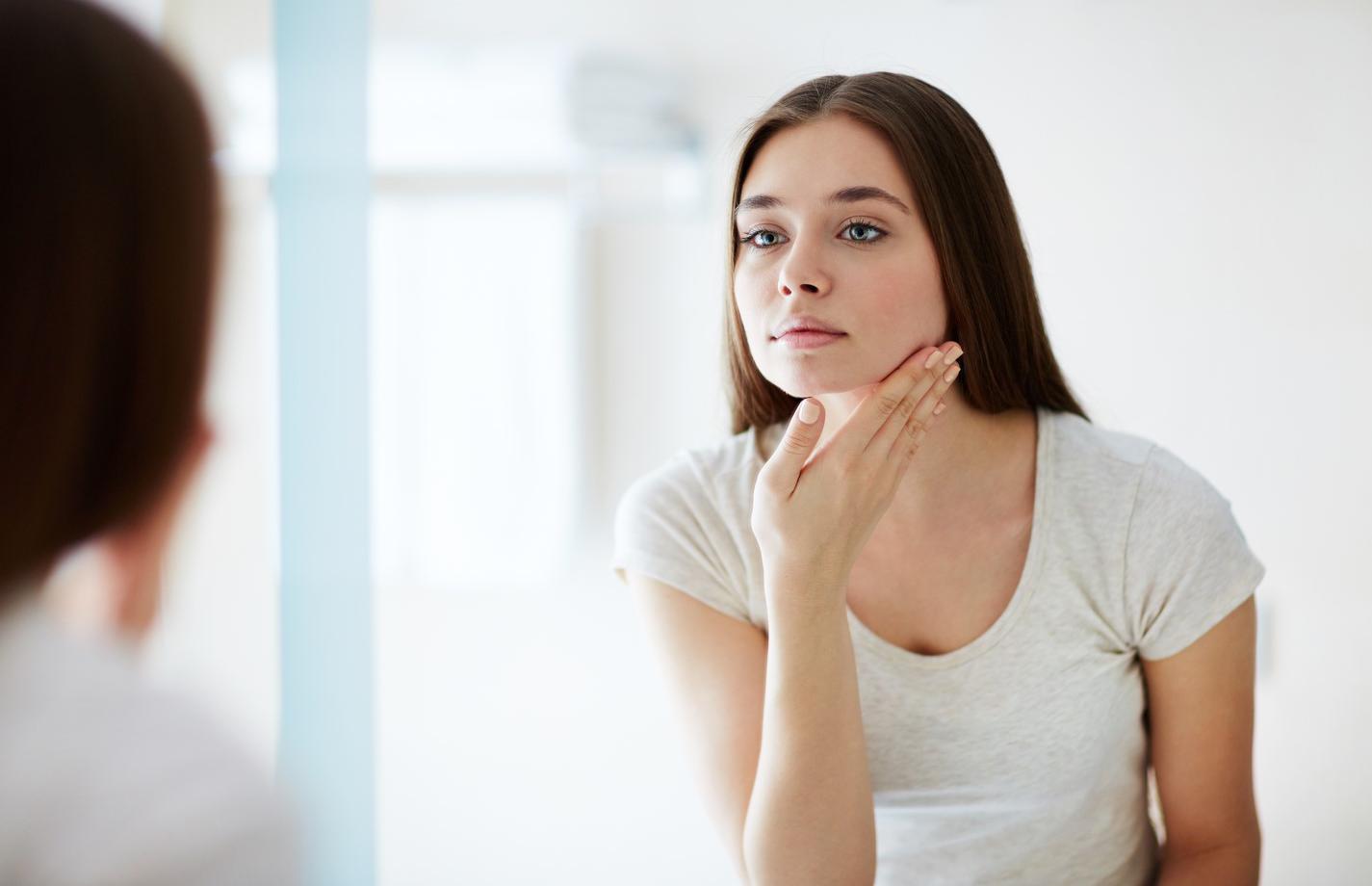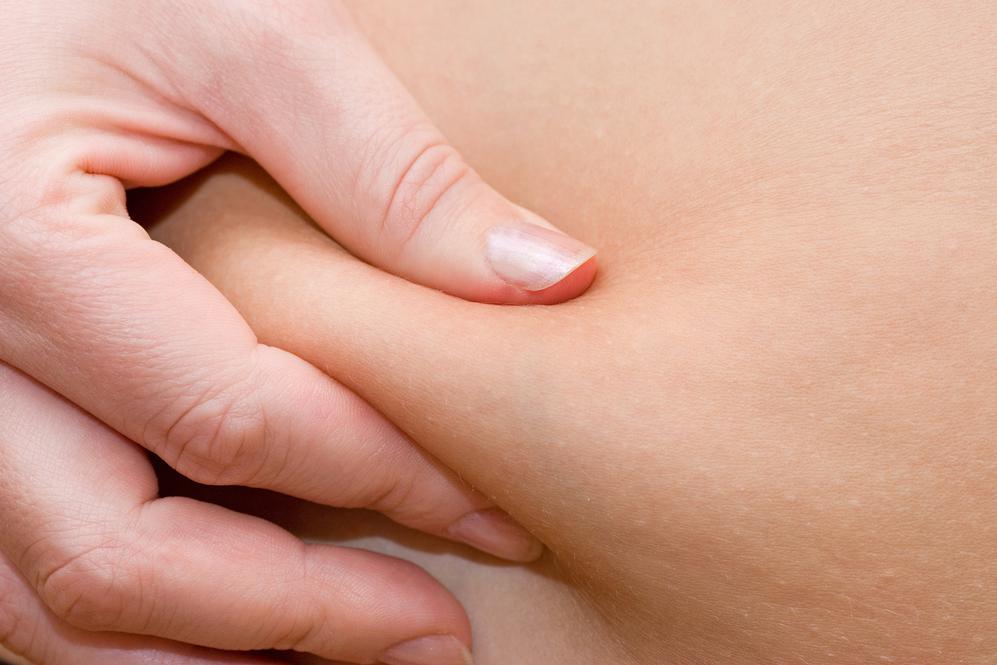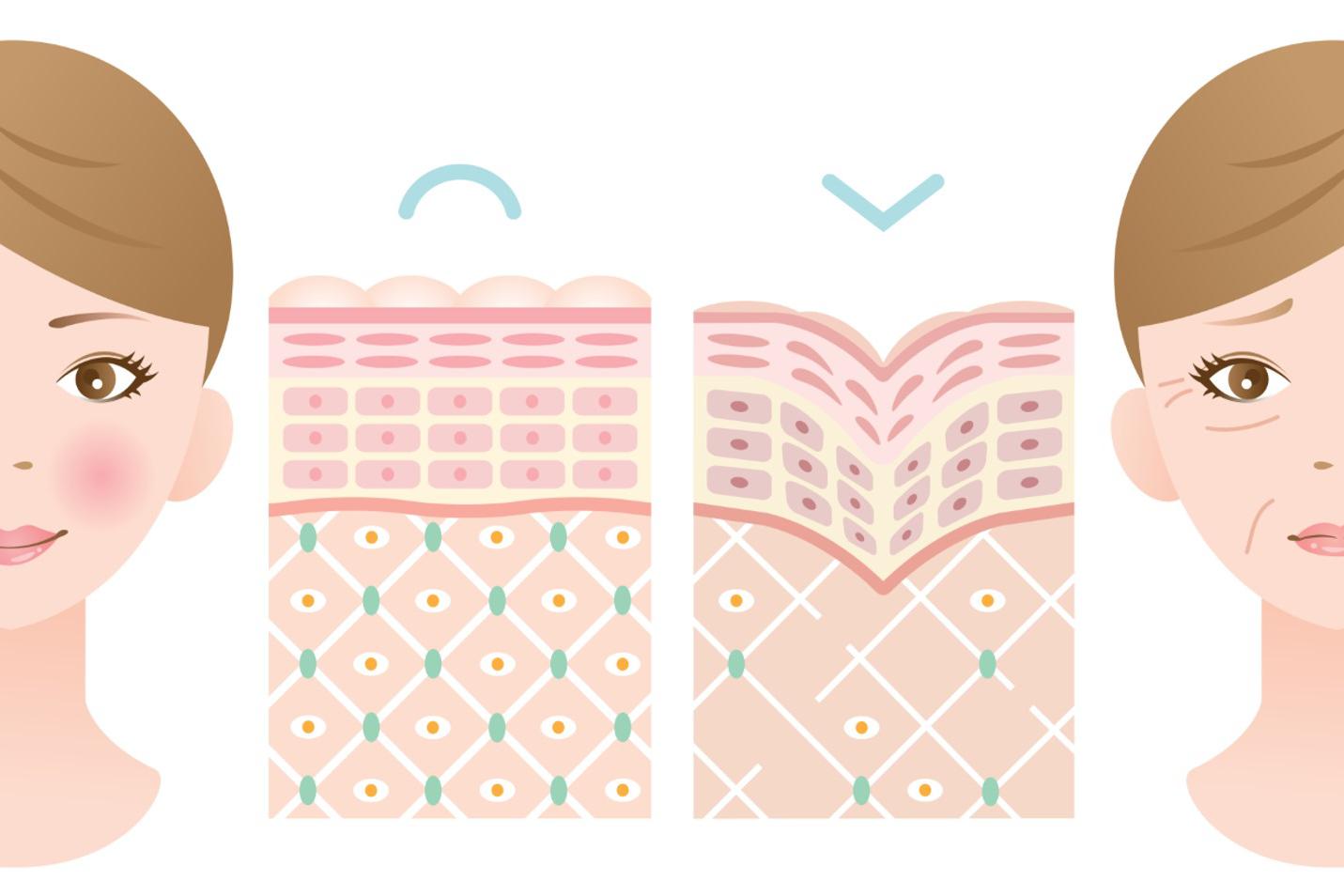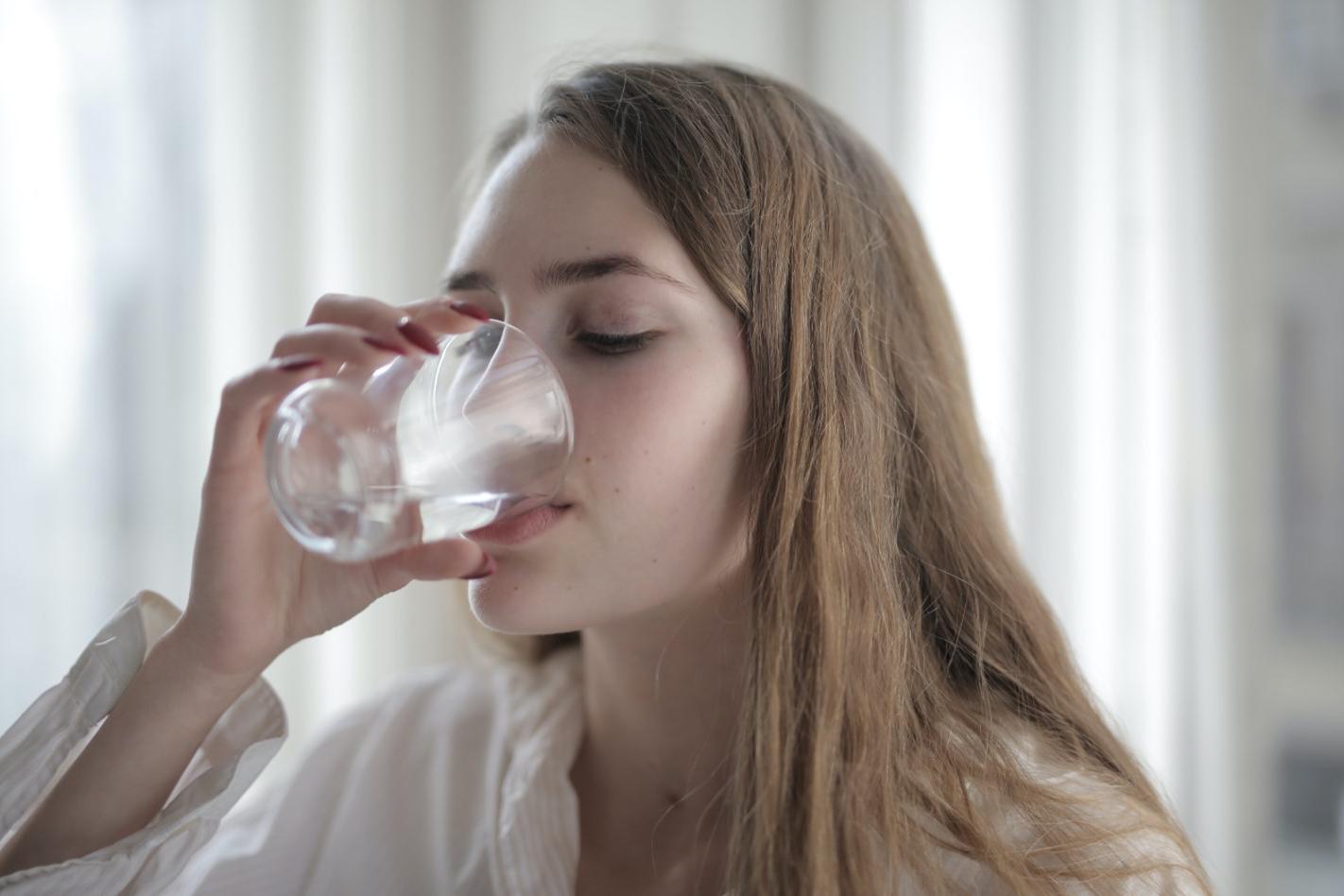
Synonyms for skin turgor are firmness and elasticity. This is an objective indicator of how well and quickly the skin returns to its normal state, for example, after active facial expressions or pinching. With age, skin turgor naturally decreases, but it is also influenced by many other factors – from poor environment to dehydration. Skin turgor can be maintained in different ways. At home, regular and proper care is useful; a more radical method is cosmetic treatment. Together with experts, we understand what skin turgor is, how to control it and what will help improve it.
- What is this
- Why is it decreasing?
- How to increase
- Procedures
Marina Morozova, dermatologist-cosmetologist at the COSMOPRO clinic;
Maria Shirshakova, founder of the aesthetic medicine clinic NBMC, Ph.D., chief physician, dermatovenerologist, cosmetologist.
What is skin turgor

The term turgor comes from the Latin word, which translates as “swollen”
Skin turgor is a characteristic of skin tone or its ability to stretch and return to its normal position. In other words, this is its elasticity and elasticity (1). As a rule, good turgor is associated with young and healthy skin, and its decrease leads to the appearance of wrinkles and sagging.
From a health point of view, skin turgor is an important indicator of the general condition of the body. Its assessment is carried out in different situations, for example (1):
- to determine the degree of dehydration in the elderly and children;
- during cosmetic procedures or prescribing dermatological treatment;
- when assessing the healing of burns and skin grafts;
- while monitoring electrolyte imbalance problems.
Skin turgor is determined using the “pinch test”. The fabric is grasped into the fold with the thumb and forefinger for a few seconds. To do this, select an area on the body where the subcutaneous fat layer is less pronounced (2) – the front surface of the chest under the ribs or the back of the hand.
After the fold is released by unclenching the fingers, assess how quickly the skin returned to its normal position and its color (3):
- Normal turgor It is considered if the fold straightens immediately and there is no white stripe left on the surface of the skin.
- Reduced or poor turgor determine when the skin takes a long time to return to its original position or does not do so at all, and a white stripe appears at the site of the fold.
Additionally, you can evaluate skin turgor, in particular on the face, at the moment of active facial expressions. To do this, just pay attention to how the skin behaves after squinting your eyes and smiling. If folds and small wrinkles straighten out quickly, then everything is normal and vice versa.

Why does skin turgor decrease?

A decrease in skin turgor is associated with natural aging and a number of external factors
Skin turgor, its elasticity and firmness, decrease due to the degradation of elastin fibers and a decrease in the level of hyaluronic acid (4). The role of the latter in skin elasticity is especially important. Hyaluronic acid absorbs water, forming a thick gel that prevents fluid outflow. All this creates hydrostatic pressure – skin turgor, which resists compression forces (5). With age, as well as under the influence of external factors or against the background of illness, skin turgor worsens. This contributes to dryness, wrinkles, and greater skin vulnerability to damage and injury. Here are some of the reasons for decreased skin turgor:
- Aging. With age, the epidermis becomes thinner, the rate of cell renewal sharply slows down, and there is a decrease in the natural water-fat emulsion on its surface, as well as the water content in the stratum corneum (6). In addition, as we age, the number of dermal papillae naturally decreases, and the nutrient supply and adhesion between the dermis and epidermis deteriorate (7). These changes lead to the appearance of wrinkles, decreased elasticity and turgor.
- Dehydration. Water homeostasis is a necessary condition for normal physiological functioning of the skin (8). The rate of hydration affects all parameters of the skin, including its elasticity and firmness. If the body for any reason loses more fluid than it receives, dehydration occurs. This affects the condition of the skin. In medical practice, assessing skin turgor using the pinch test is one of the quickest ways to assess the severity of dehydration, particularly in children and the elderly (9).
- Vitamin deficiency. A diet poor in vitamin content can worsen the condition of the skin, causing premature aging and decreased turgor. It has been proven that one of the key nutrients for skin health is vitamin C. Not only does it have a general antioxidant effect on the body, but it helps the synthesis of collagen, one of the key building proteins of the skin (10).
- Bad habits and poor environment. Human skin is constantly in contact with the external environment, which can be quite aggressive. Various harmful compounds in the air from industrial facilities and transport provoke oxidative stress and lead to collagen degradation (11). This ultimately accelerates aging and reduces the firmness and elasticity of the skin. Similarly, bad habits such as smoking tobacco or drinking alcohol affect skin turgor (12).
- Exposure to ultraviolet radiation. The skin reacts to UV radiation by initiating various changes, including cell death and increased production and secretion of cytokines, which can directly reduce elasticity. Short-term effects of UV exposure include sunburn and changes in skin pigmentation. Long-term – photoaging with decreased hydration and turgor (13).
- Hormonal changes. The hormones estrogens have a significant influence on the physiology of the skin. Their role is especially noticeable in women during menopause. This condition is also characterized by thinning of the skin, increased dryness, and decreased firmness and elasticity (14). Poor skin turgor also occurs as a result of complications of diabetes mellitus, in which the secretion of the hormone insulin is impaired (15), (16).

How to increase skin turgor at home

Skin turgor can be affected by changes in lifestyle and eating habits
A decrease in skin tone depends on many factors, including lifestyle and genetics, says Marina Morozova. With good nutrition and the elimination of bad habits, this process begins after 35 years, the expert notes. If you exclude vitamin and iron deficiencies and control hormonal levels, then it can be delayed somewhat, adds Morozova. According to her advice, to maintain healthy skin, it is important to maintain adequate sleep, home care and control of nutrition and weight. Here are some more tips for maintaining skin turgor at home:
1. Review your diet
A balanced and healthy diet is important for skin elasticity and firmness. “For example, if a person consumes little protein food, the body lacks building material, which reduces the synthesis of collagen and elastin, which, in turn, affects turgor,” explains expert Maria Shirshakova. The main agents available in food that can promote healthy and beautiful skin include (17):
- Vitamin C. Skin manifestations of vitamin C deficiency are associated with impaired collagen synthesis. As a result, the skin may be less elastic, with reduced turgor. A person receives vitamin C through food. Its main…
